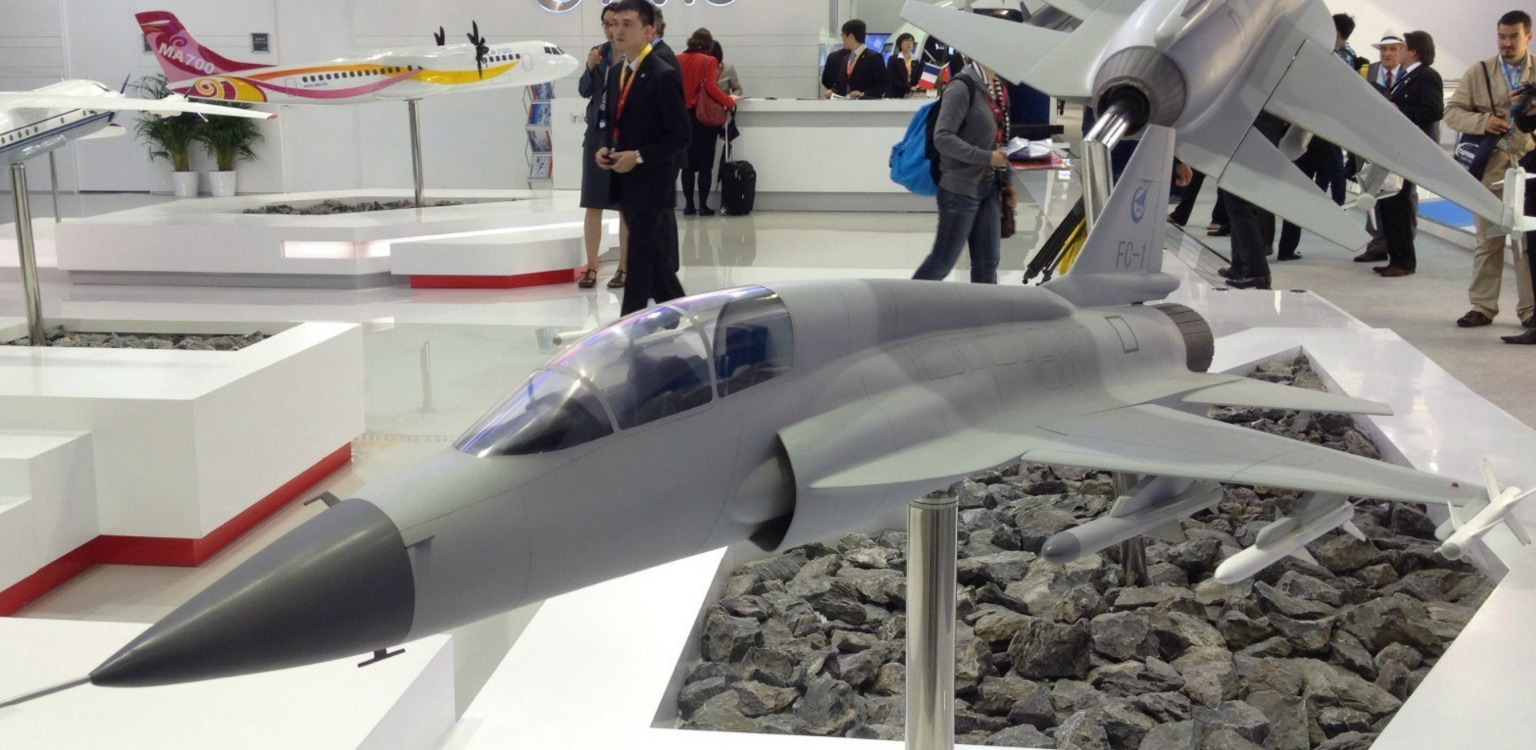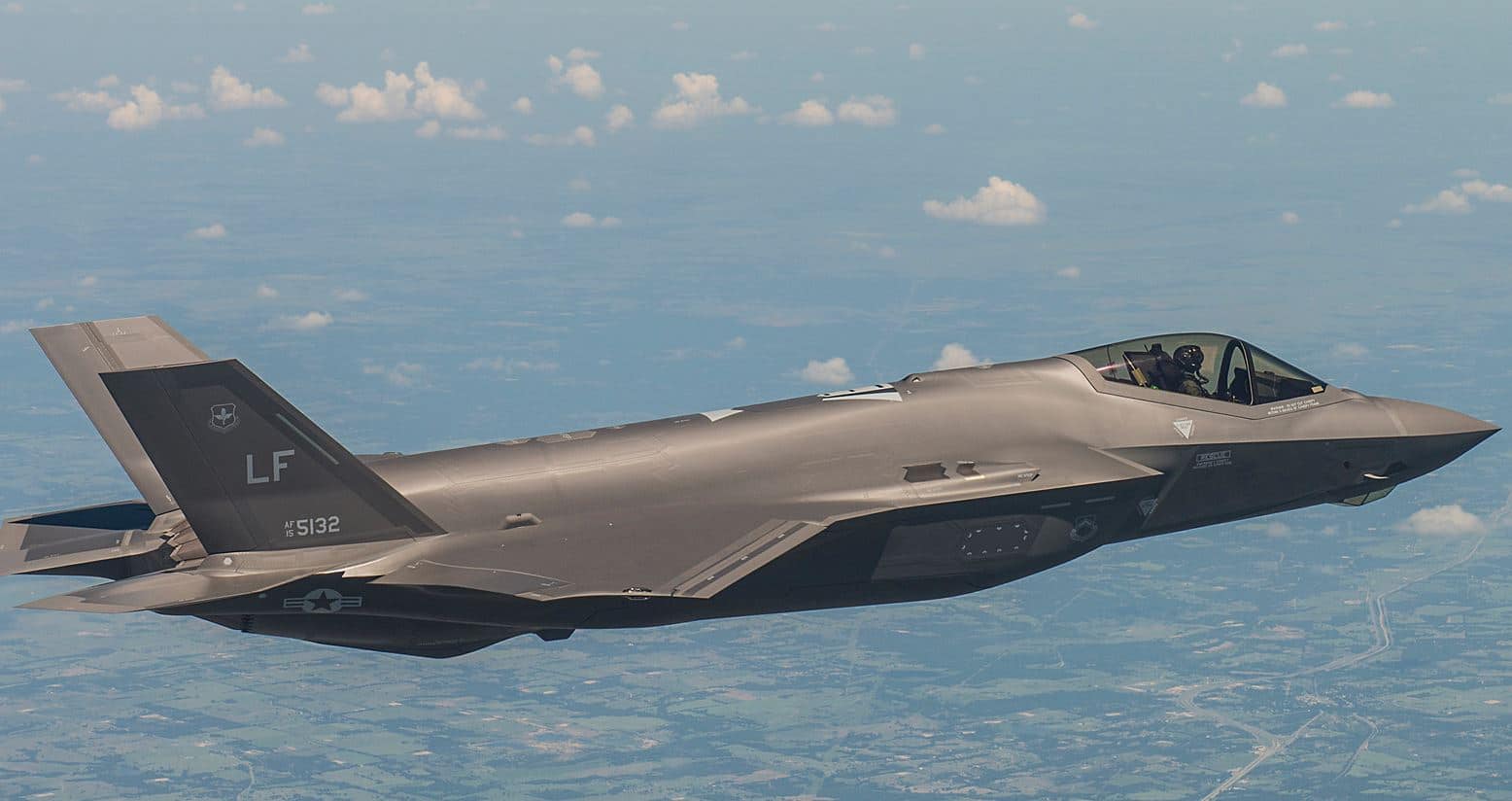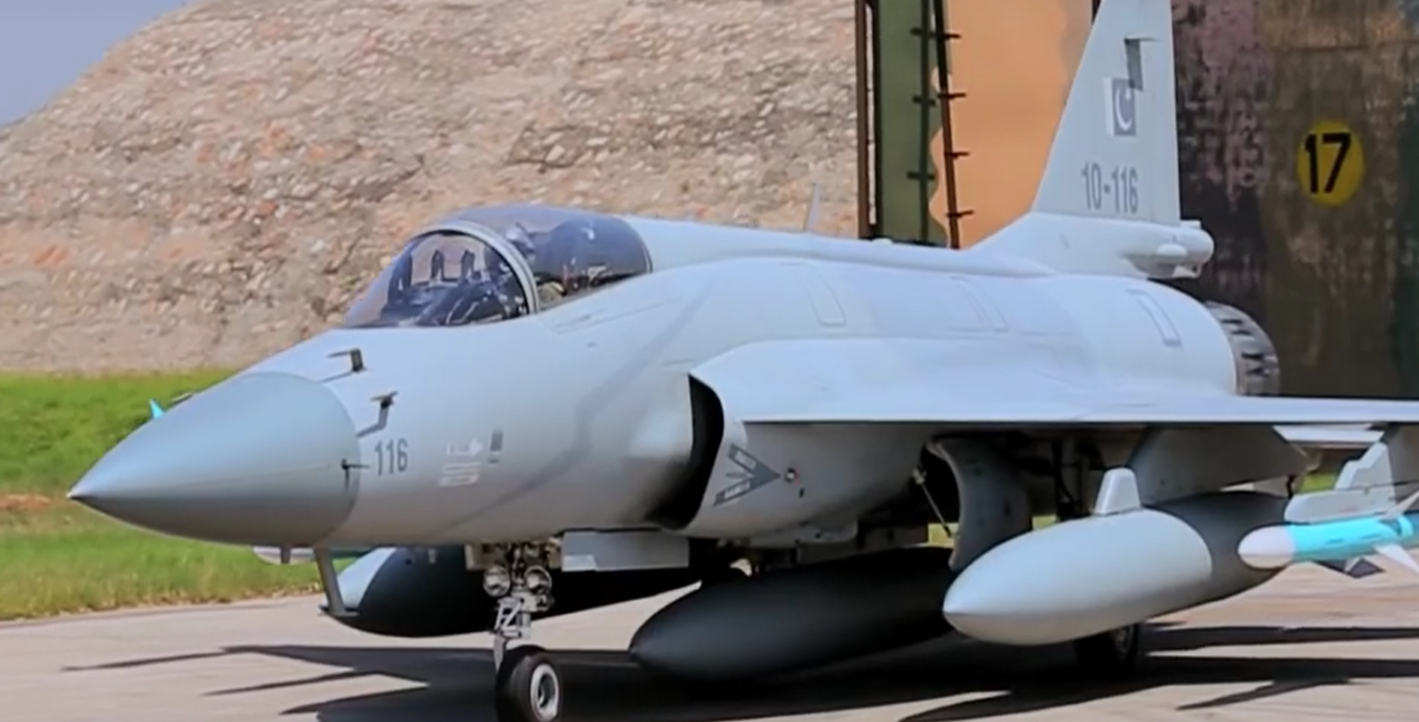12Views 23Comments

As dual-seat JF-17B enters production, Pakistan eyes induction in 2017
The Pakistan Air Force (PAF) has officially confirmed that the first dual-seat JF-17 Thunder – designated JF-17B – has entered production in Chengdu, China. Although a firm date was not set for the JF-17B’s first flight, the PAF is committed to induct the fighter by April 2017 (i.e. in one year).
Although the JF-17 is now in service with three operational fighter squadrons in the PAF (not including the unit belonging with Combat Commanders School), one may find it surprising that there is no dual-seat JF-17. In fact, even the PAF invests in dual-seat variants of its fighters, such as the F-16A/B and F-16C/D, and the idea of using a dual-seat variant for operational conversion tasks is not a contested idea.
For the past few years, the PAF has basically depended on the use of high fidelity simulators to convert past A-5C, F-7P, Mirage III/5 and F-16 pilots to the JF-17. However, a number of prospective clients (which probably includes the first confirmed customer) desired the availability of a dual-seat variant, which could at least serve as an operational conversion unit (OCU).
It was within this context – i.e. driving sales – that the development of the JF-17B commenced. However, in 2015 the PAF also began to throw its weight behind the dual-seat Thunder. In an interview with Air Forces Monthly[1], Air Chief Marshal Sohail Aman, the current commander of the PAF, spoke of the need for a lead-in fighter trainer (LIFT) platform to train rookie pilots for modern fighter flying.
After evaluating a number of LIFT options, most notably the Hongdu L-15 and KAI/Lockheed Martin T-50, the PAF was unable to commit to a dedicated platform due to high acquisition and maintenance costs. To address the need for a LIFT platform, the PAF opted to pursue the JF-17B. In the future, rookie pilots will basically undergo fighter conversion training on the JF-17B, upon completion of which they could readily be assigned to one of the PAF’s growing number of JF-17 squadrons.
This is a good move on the PAF’s part. For one thing, it saves on the cost of adding an expensive dedicated LIFT platform, both in terms of acquisition and maintenance. For example, the South Korean T-50 could have cost the PAF upwards of $40-45 million U.S. a unit! In addition, the PAF would have to pay for the maintenance of the T-50s. On the other hand, because the PAF already operates the JF-17A, it would have no trouble in inducting the JF-17B; there are no added costs in operating the JF-17B either.
Despite serving as a trainer, the PAF will also operate the JF-17B as a fighter aircraft. The dual-seat design will retain the combat capabilities of the JF-17A. It will be interesting to see how the PAF operates the JF-17B in terms of combat. One of the obvious roles would be to have a weapon systems officer (WSO) to help guide laser-guided bombs and missiles to a target.
The availability of the JF-17B should help the fighter’s sales prospect. In addition to being an optional trainer, the JF-17B could be an easier means of having examiners from potential buyers evaluate the aircraft. The PAF could even try marketing the JF-17B as a stand-alone solution, perhaps as a low-cost LIFT alternative or as a very affordable strike fighter. Nigeria and Azerbaijan might be interested in the idea.
Overall, the introduction of the JF-17B will be welcome, and on many fronts. However, if we are permitted to fantasize, could the JF-17B be adapted to other roles (besides training and strike)? Imagine the idea of outfitting the JF-17B with multiple dedicated electronic warfare (EW) pods? Through this layout, the PAF could use the JF-17 as a dedicated EW fighter, one that could possibly even serve as a battle managing or coordination platform. Vision and funding will determine the kind of roles the JF-17B could take on in the coming years, but we hope the PAF tries exhausting its possibilities.
[1] Alan Warnes. “Exclusive Interview with the new Pakistan Air Force Chief. PAF’s Cutting Edge Grows.” AirForces Monthly. June 2015 #327. Page 68. – See more at: http://quwa.org/2015/08/30/pakistan-and-yak-130-not-likely/#sthash.h5KHA3vO.dpuf


